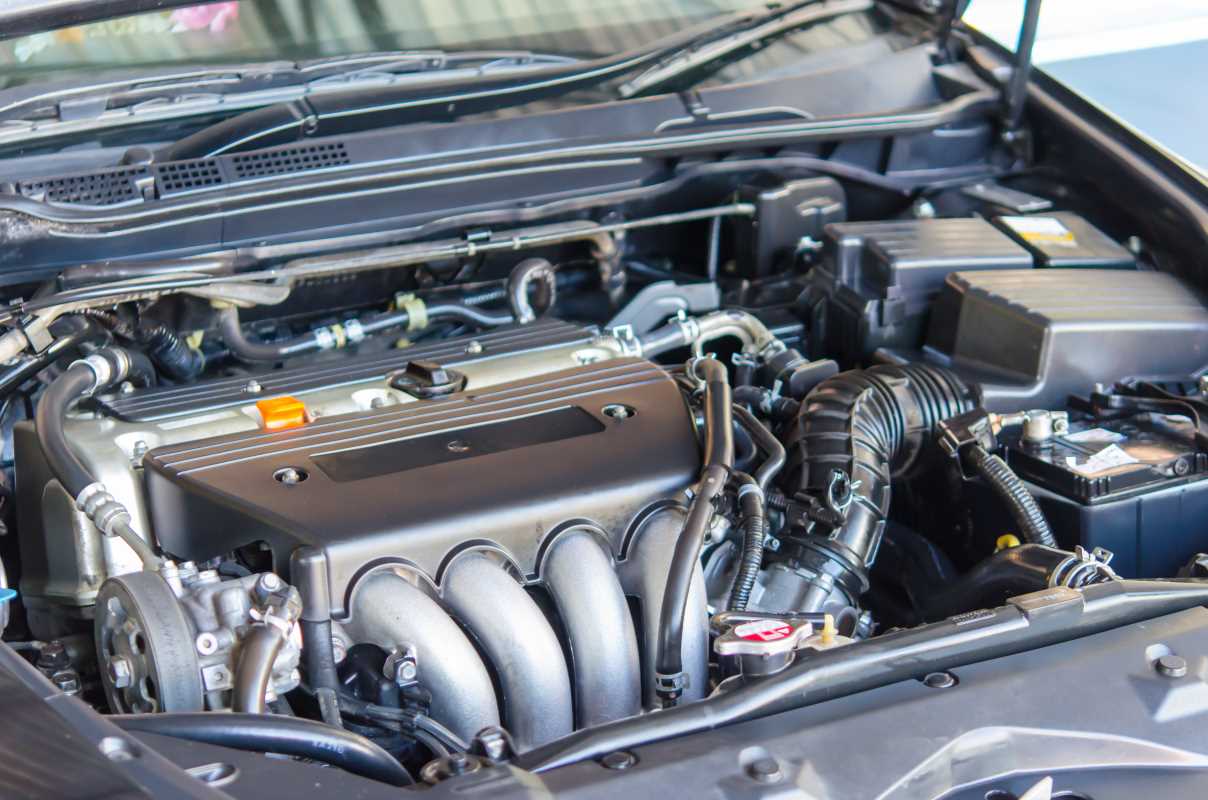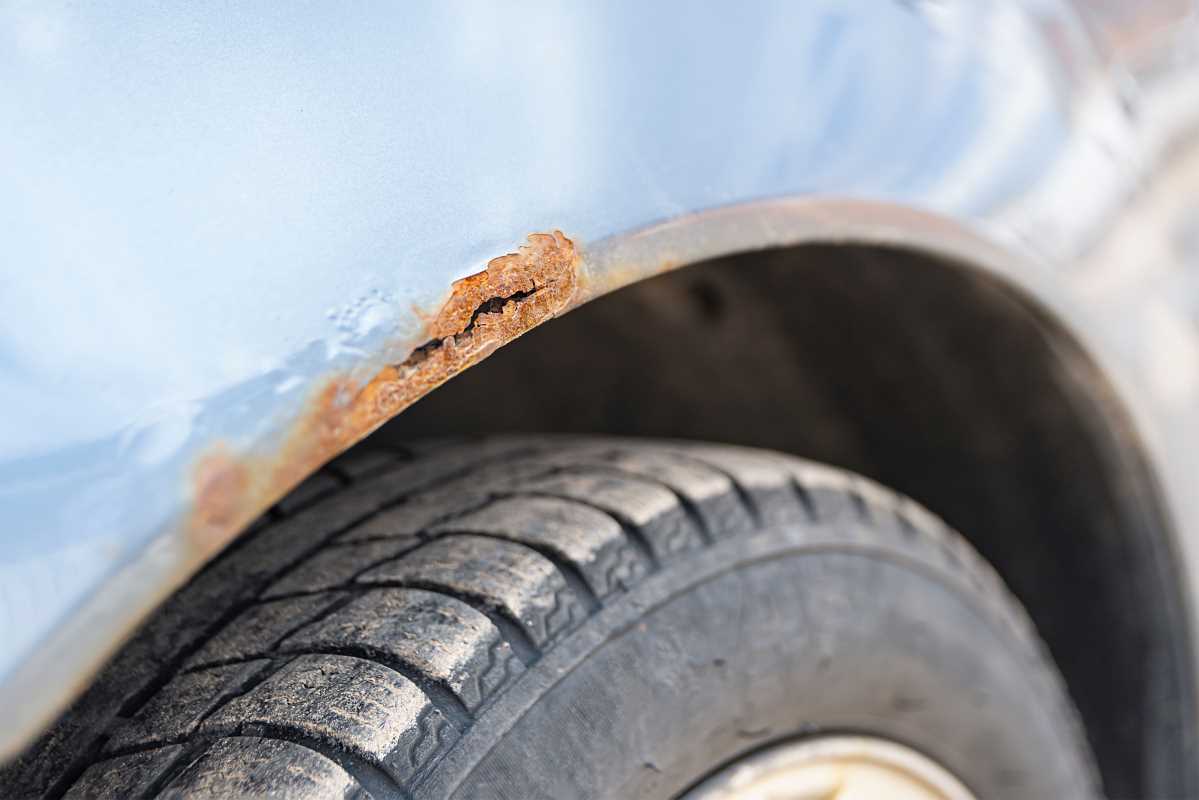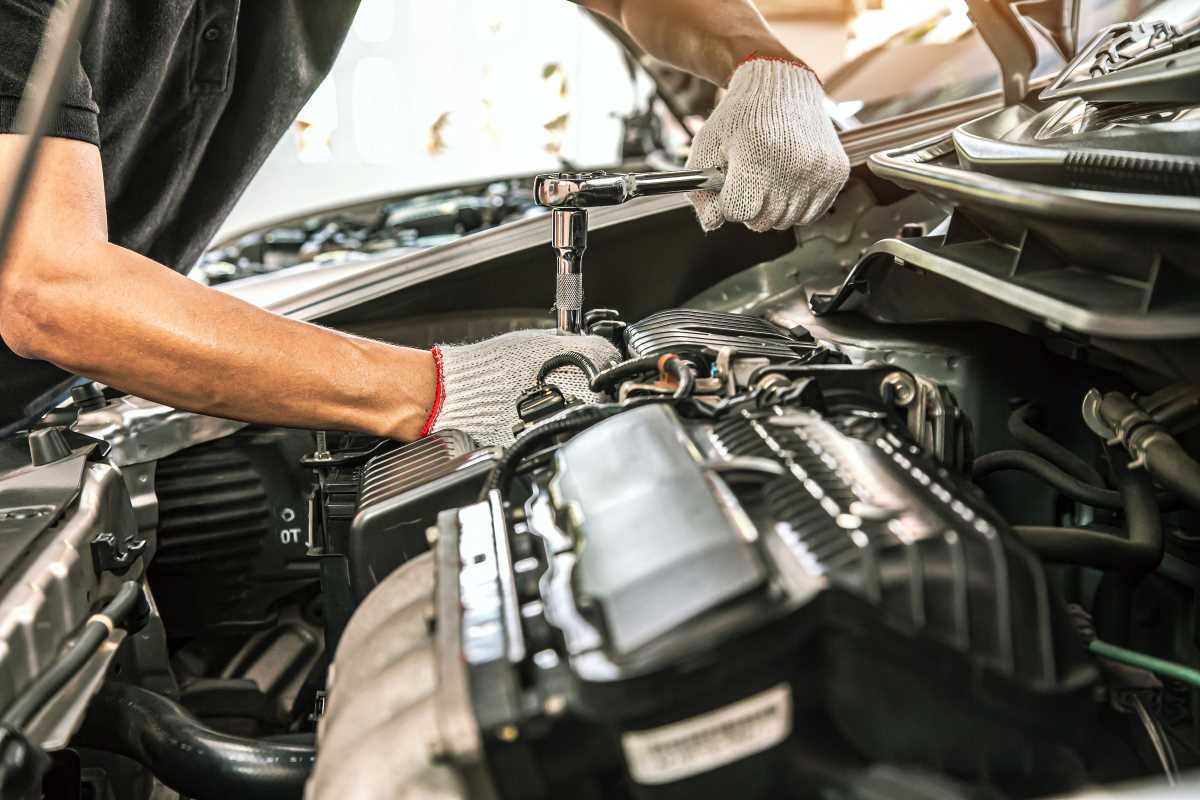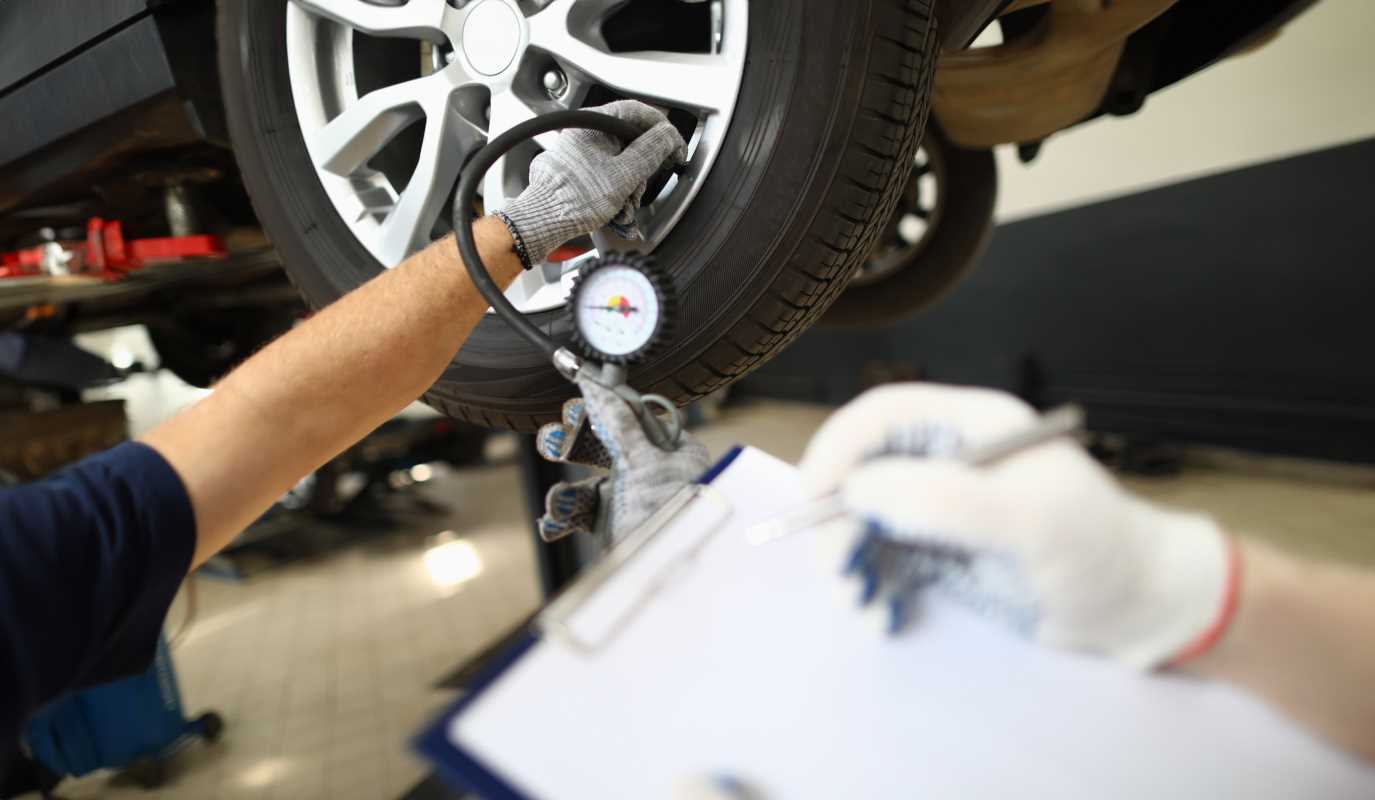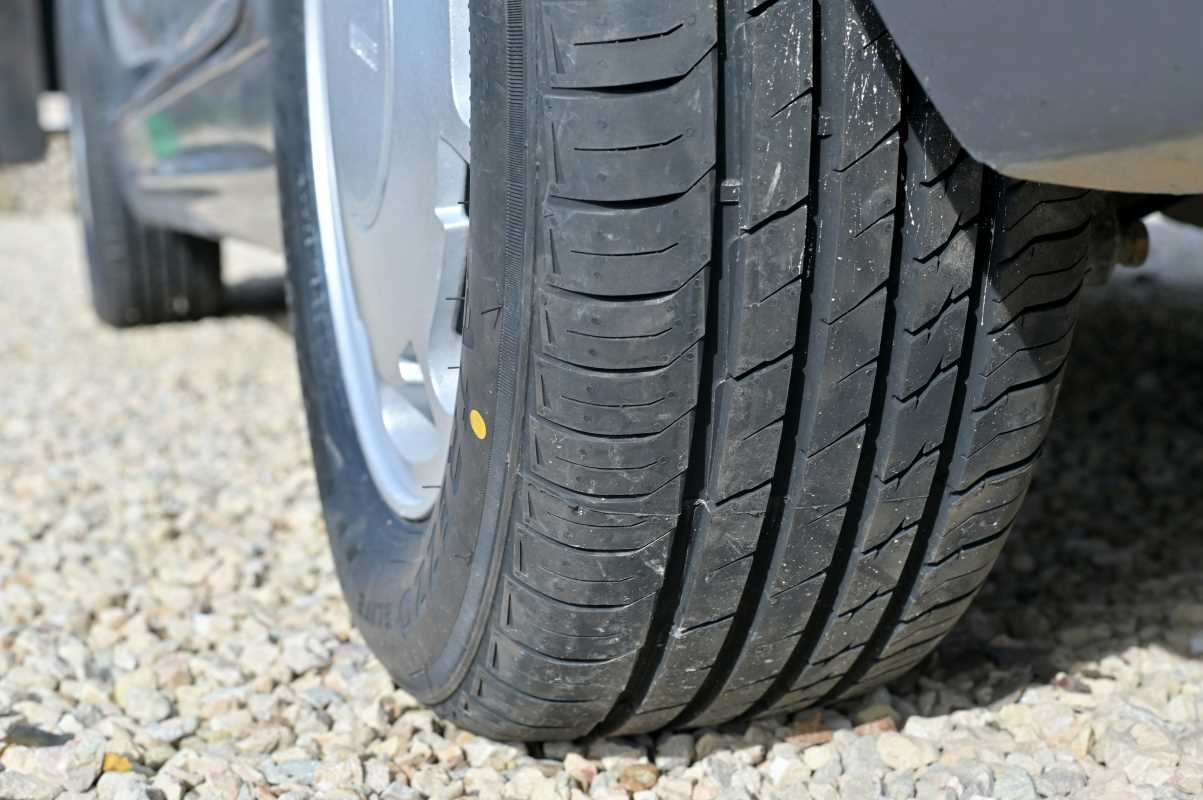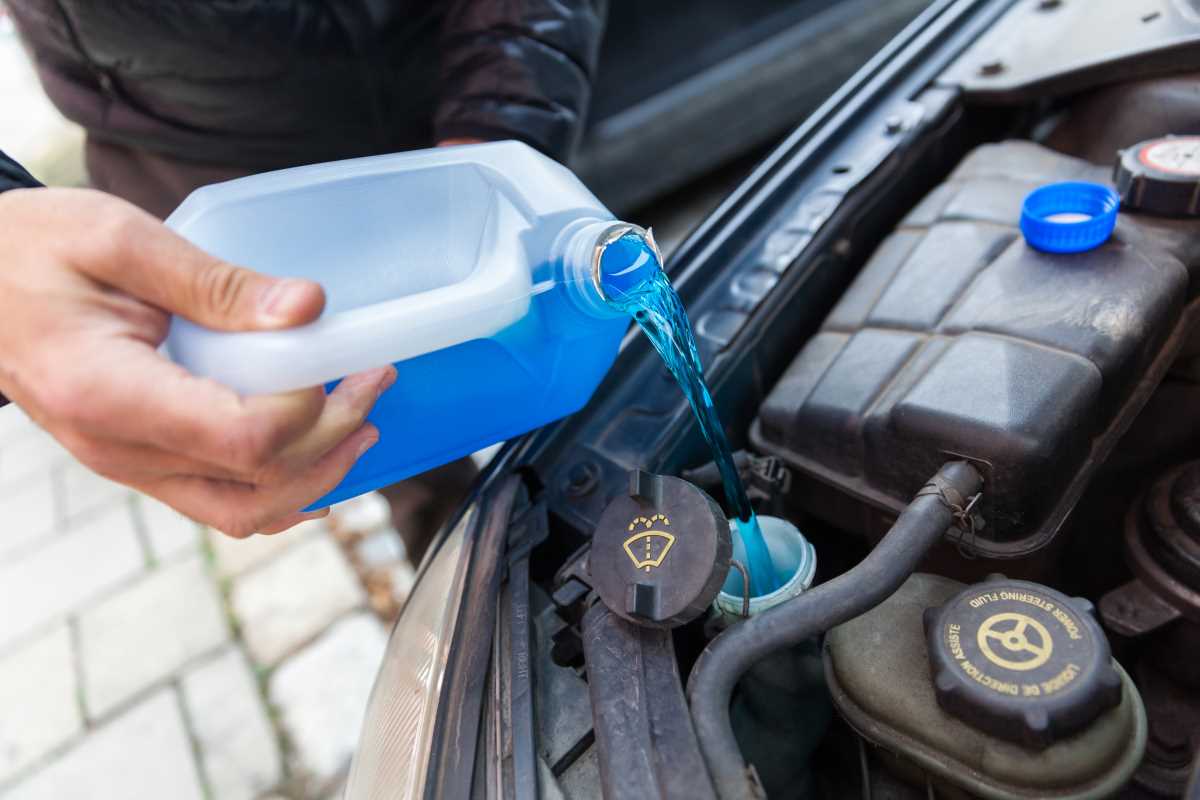Keeping a car running smoothly after racking up 75,000 miles is a point of pride for many drivers. Every mile traveled is a story of reliability and adventure. As engines accumulate these miles, their internal needs shift and evolve. The oil that worked well in your car’s early years may not offer enough for the demands of an aging powertrain. That’s where products for seasoned engines come into play, formulated with targeted features to help aging parts keep performing well. In this guide, we unpack what sets these engine lubricants apart, walk through the special additives they feature, and clarify how they help bolster long-term reliability. By breaking down the basics, you’ll be able to confidently pick the right option for your well-loved vehicle.
What Defines a Higher-Mileage Engine?
Although there’s no single threshold, most automotive experts recognize engines with at least 75,000 miles as moving into “well-traveled” territory. With so many miles under the hood, crucial parts like piston rings, gaskets, and seals undergo gradual wear. Spaces between components can widen, while rubber parts begin to age, harden, or lose flexibility.
This natural process brings about a few common symptoms:
- More Frequent Top-Offs: Looser tolerances can allow oil to seep into the combustion chamber, resulting in increased use between changes.
- Seepage and Drips: Dried-out gaskets and seals can cause small leaks, leaving spots under your car.
- Internal Deposit Formation: Years of use let byproducts and impurities settle inside the engine, leading to build-up that can restrict oil movement.
- Weaker Compression: Slight wear can reduce pressure in the cylinders, chipping away at power and efficiency.
Specially formulated blends aim to address each of these challenges with focused solutions.
Ingredients That Set Premium Formulas Apart
Not all lubricants are built with the same recipe. Those aimed at older engines include supplemental ingredients developed for specific issues. Here’s a breakdown of these key features and their roles in supporting performance as engines age.
Additives for Rubber Part Longevity
One distinguishing element in these oils is the inclusion of softeners and conditioners for rubber. Rubber rings and gaskets become rigid and lose their sealing abilities over time. These substances help reverse the process, making worn components more pliable so they can form a better barrier. Supporting seals is important for both stopping external spots and minimizing internal losses.
Extra Metal Wear Protection
Any automotive lubricant includes substances to limit friction and wear. As time passes and tolerances increase, a sturdier protective layer becomes essential. Formulas for mature engines typically use more advanced compounds (such as zinc and phosphorus blends) that create microscopic protective films on metal surfaces. This additional buffering helps reduce metal contact, guarding parts that might otherwise be vulnerable to increased friction, especially in areas like camshafts and bearings.
Enhanced Cleaning Compounds
Older engines tend to hold onto grime, sludge, and varnish. That’s why higher-mileage-specific blends use a higher concentration of cleaning agents to break down and remove stubborn deposits. Dispersants work together with these cleaners to surround tiny contaminant particles and keep them suspended until the next oil change. This helps maintain open passageways for smooth circulation and more dependable operation.
Temperature and Flow Stabilizers
An important property in any lubricant is viscosity, or how easily it flows at different temperatures. Over time, the demands on engine oil change, making it more crucial that the product stays at the right consistency during both cold weather starts and hot running conditions. Added viscosity modifiers help maintain that balance, so the oil stays protective at all temperatures, offering a consistent film even as the vehicle ages.
How to Choose a Suitable Type
Products for engines with more adventures behind them come in three main varieties: standard (conventional), hybrid (synthetic blend), and top-tier (full synthetic). Each has pros and cons for different needs and budgets:
- Standard (Conventional): Entry-level and budget-friendly, these address basic aging engine concerns but require more frequent changes and offer less resilience under extreme heat or cold. A well-known example is Pennzoil High Mileage Vehicle in its regular form.
- Hybrid (Synthetic Blend): Blending traditional oils with synthetic components results in better durability and performance, without reaching the cost of premium options. Valvoline High Mileage with MaxLife Technology is popular in this category for balancing protection with price.
- Premium (Full Synthetic): These provide long-lasting protection, superior cleaning abilities, and excellent stability at any temperature, making them the choice for those wanting extended engine life and reliability no matter the driving conditions. Options like Mobil 1 High Mileage Full Synthetic and Castrol EDGE High Mileage represent the gold standard.
Industry Standouts
Although plenty of brands crowd this space, several stand out for their reliability and innovative formulas.
- Mobil 1 High Mileage: Known for going above and beyond on cleaning power as well as caring for older seals, this synthetic option excels in stopping leaks and reducing oil use.
- Valvoline High Mileage with MaxLife Technology: Among the pioneers in this category, Valvoline’s specialized approach boosts seal flexibility and delivers well-rounded protection, making it a go-to for both value and peace of mind.
- Castrol GTX High Mileage: Marketed for its three-pronged approach (cutting down on oil usage, controlling leaks, and cleaning out grime) Castrol’s offering is available in both budget and mid-range form.
- Pennzoil High Mileage: Praised for strong cleaning and protective properties, Pennzoil features specialized detergents and seal conditioning additives, helping to solve leakage and sludge issues.
Switching to a product suited for engines with lots of miles is a straightforward process and can make a noticeable difference. Simply follow the grade specified in your car’s guide (like 5W-20 or 5W-30). These blends won’t fix every mechanical issue, but they do support protection against leaks, help clear buildups, and cushion the effects of age-related wear. Giving your car this targeted support can mean a longer, stronger second act for your faithful companion.

